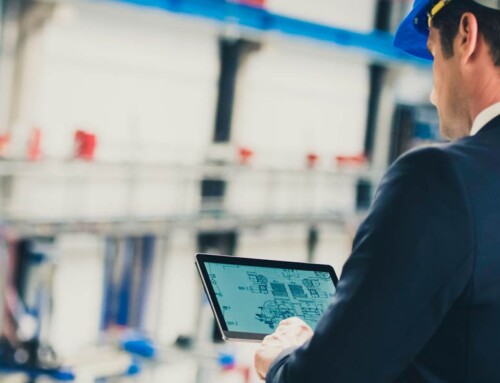Cleanliness is Top of Mind: Meeting the Concerns of Consumers and Facility Managers
It’s no secret that transparency in commercial cleaning is at the forefront of everyone’s minds—consumers and companies alike. What was once an operational expense, often dictated by tight budgets and limited resources, has now become a race to maintain rigorous cleaning schedules and keep employees and customers feeling safe from disease-causing pathogens. While cases of COVID-19 may drop, concerns brought on by this pandemic are here to stay.
Facility Managers Face New Challenges
For facility managers, the “new normal” means balancing frequent cleaning and disinfecting with labor and supply shortages. “Do we have enough personnel on staff during our most trafficked periods of the day?” “Did that restroom get the sanitizer restock it needed?” “Have all the high-traffic areas been serviced in the last hour?” “Do all of my employees—both new and seasoned—know-how to maintain consistent levels of cleanliness?” These are all questions that facility managers are asking themselves in an effort to uphold cleanliness in their buildings each day.
This is because building visitors are more aware than ever of the impact that lapses in cleanliness can have on their health and safety. Many people are dealing with the constant concern over cleanliness aspects they cannot control, like: “When was this public restroom last cleaned?” or “Are the disinfecting products used here safe for me to be exposed to?”
A report from Deloitte highlighted that 85% of consumers want to see visible proof of cleaning, and a recent consumer survey found that three in five Americans (62%) believe that frequent disinfection and sanitization of restrooms in public facilities would make them feel more assured. While the majority of cleaning in commercial facilities once took place at night or at times when fewer guests were present, facility managers now clean more frequently during daytime hours, as well as during later shifts if the building will be occupied.
Creating Confidence in Cleanliness
Unless a building visitor sees a worker cleaning frequently, it is hard to know whether the facility is committed to achieving the highest standards of cleanliness. As facility managers attempt to further communicate their dedication to cleanliness and safety, they are seeking ways to easily communicate how they are applying cleaning best practices throughout their facilities.
For example, some facilities have small stands near high-traffic areas like a food court or restroom with five brightly colored emoticon buttons, asking the public to choose the face that reflects how they feel about the cleanliness of the area they just visited. Some buildings opt for “How are we doing? Request service by texting us” signs on the back of doors or on table tents.
Other businesses have begun using new technologies that offer building-specific data and tracking to offer even greater transparency. These include platforms featuring scannable QR codes, specific to a location, that update building visitors on the last time an area was cleaned. Occupants can also see a countdown timer until the next clean, request additional service if they spot an issue or opt-in to text alerts about that location’s cleaning schedule. From a management perspective, cleaning staff have unique codes to enter as they clean to provide accountability across the facility. The platforms also gather analytics about occupant satisfaction and cleaning history, taking the guesswork out of staffing and scheduling.
Keeping Track of Key Cleanliness Tasks
Now more than ever, people want to know that the public spaces they’re visiting are clean and safe. This has created new challenges for facility managers made harder by recent labor shortages. Fortunately, platforms exist that help businesses communicate their commitment to cleaning and safety, while improving back-of-house cleaning operations. Focusing on cleaning transparency and accountable action will set facility managers and their cleaning teams up for long-term success.















